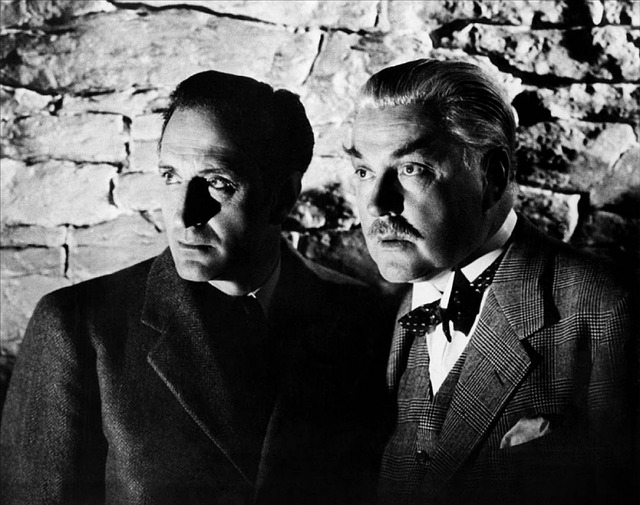Form and Structure in Romeo and Juliet
The Prologue
“A pair of star-crossed lovers take their life”
The use of the prologue at the start of the play tells the audience what to expect. Spoiler alert! We find out that the play takes place in Verona. We know there will be a pair of lovers and they will commit suicide. We know there are two families engaged in a bloody feud. It’s possible that Shakespeare used a prologue because his plays were so long - over two hours! - and he wanted to make sure the audience didn’t get lost. Of course, we should ask ourselves why Shakespeare doesn’t us a chorus in every play. So, if it’s not that, what is the the prologue actually for? Well perhaps he has done it because it reminds the audience of the traditions of Ancient Greek tragedy. The Greeks used a Chorus in a lot of their plays. And this is a tragedy that follows a number of comedies. So Shakespeare is saying to his audience, ‘Hey everyone, look. This is going to be a tragedy, so get ready!’
Five Acts
Five Acts
(Act 1) Exposition - the Montagues and Capulets fight and the Prince says that anyone who disturbs the peace will die. The act ends with an Inciting Incident. Romeo and Juliet kiss, and set the tragic chain of events in motion.
(Act 2) Complicating action - the events following the kiss lead to the marriage of Romeo and Juliet.
(Act 3) Climax - the climax of the play is the death of Mercutio. At this point Romeo has a choice about how he reacts. Romeo chooses violence and kills Tybalt, and from this point on tragedy is inevitable.
(Act 4) Falling Action - things go from bad to worse as Juliet is forced to agree to a marriage to Paris. In desperation, Juliet takes a potion that will make her appear dead for forty-two hours.
(Act 5) Denouement - Romeo believes Juliet is dead. He buys poison and the play reaches its tragic end. He and Juliet kill themselves, and the audience are satisfied.
Opposites
“More light and light, more dark and dark our woes”
But it’s not just imagery. Many of Shakespeare’s characters have foils. That is they have characters that embody opposite values. The peace-loving Benvolio has his foil in Tybalt, the romantic Romeo has the practical Mercutio, and the equally romantic Juliet has the equally practical nurse.
Prose and Poetry
JULIET: Saints do not move, though grant for prayers' sake.
ROMEO:Then move not, while my prayer's effect I take.
Sometimes Shakespeare puts a whole series of rhyming couplets together. This technique is known as heroic couplets. Shakespeare uses this device when Romeo talks about Rosaline, when Lady Capulet talks to Juliet about marriage, and when Friar Laurence meditates on the beauty and power of nature. I would suggest that Shakespeare uses this highly formal poetic form to show character who are acting in a rehearsed and false manner.
Finally, sometimes Shakespeare’s characters don’t speak in poetry at all. When characters don’t speak in poetry, this is called prose. Shakespeare usually uses prose for characters who are not of noble birth, like the nurse. But he also uses prose when characters are behaving in a way that is not noble. For example when Mercutio teases Romeo after the capulet’s ball, both he and Romeo speak in prose!
Dramatic Irony
Dramatic Irony is a term that we use for moments when the audience know things that the characters on stage do not. For instance, in Act 3, when Juliet waits for the nurse to come to her with news of Romeo, the audience knows that Romeo has just killed Tybalt and been banished, but Juliet does not, and this creates tension as the audience anticipate her reaction to the bad news. Similarly the ending of the play depends heavily on dramatic irony. Romeo does not know that Juliet will wake, and thinking she is dead, takes his own life.





1 Comments
This comment has been removed by a blog administrator.
ReplyDelete